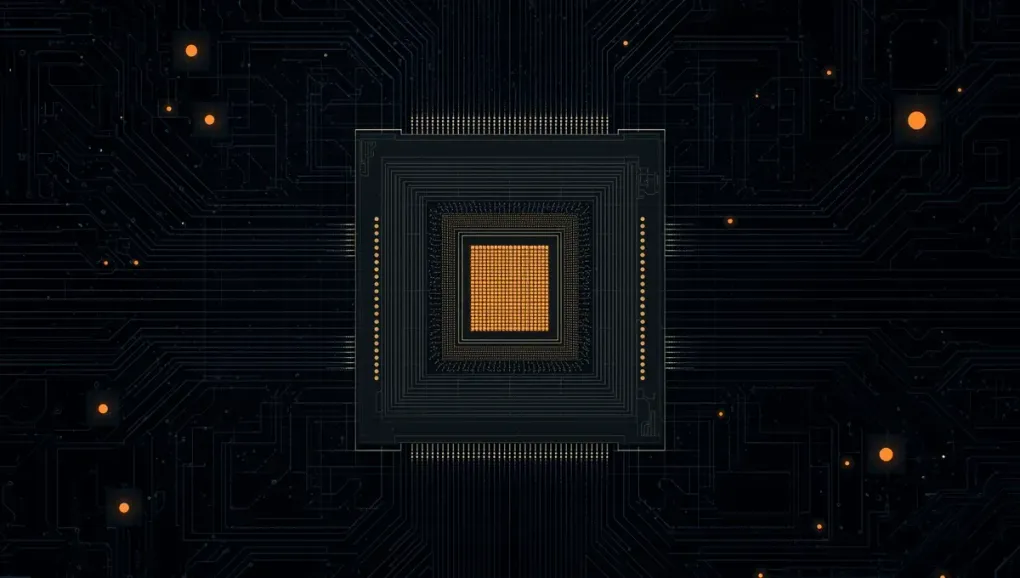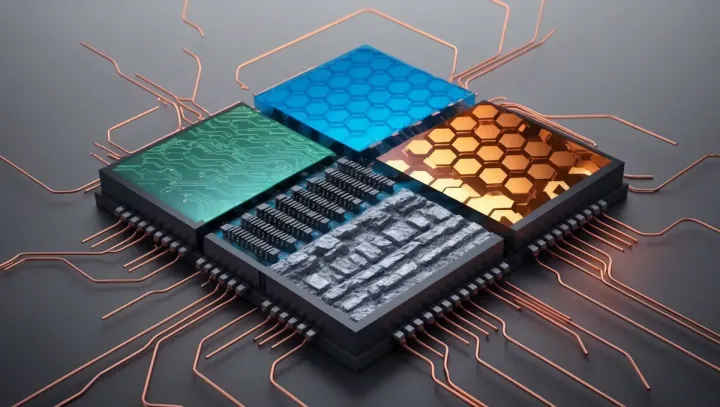
The 40-Year-Old Kernel That Is Apple's True Secret Weapon
Apple has a knack for making the impossible look easy. Three times in its history, the company has pulled off a feat that would send most tech giants into a tailspin: completely switching the underlying architecture of its computers. From Motorola 68k to PowerPC, then PowerPC to Intel, and most recently, the monumental shift from Intel to its own ARM-based Apple Silicon. Each transition was smoother than the last, with Rosetta translation layers making the process almost invisible to users.
How do they do it? While much credit goes to Apple’s engineering prowess and marketing genius, the true unsung hero of these transitions is a technology that predates Apple’s modern era: a 40-year-old microkernel called Mach.
What is a Microkernel? A Different Way to Build an OS
To understand Mach’s genius, we need to briefly touch on operating system architecture. Most operating systems, like Linux, are built on a monolithic kernel. Imagine a single, massive, expertly-coded engine block where every component (drivers, file systems, networking, memory management) is tightly integrated. This design can be incredibly performant, but changing a fundamental part is like redesigning the entire engine – a complex, risky, and time-consuming endeavor.
A microkernel, on the other hand, is a minimalist approach. It’s a tiny engine block that only handles the absolute essential tasks: inter-process communication, memory management, and basic scheduling. Everything else—device drivers, file systems, networking stacks—runs as separate, independent processes in user space. These components communicate with each other and the microkernel via messages.
This design, while theoretically having some performance overhead due to message passing, offers unparalleled flexibility and stability. If a device driver crashes, it only affects that driver’s process, not the entire operating system. And crucially for Apple, it means you can swap out underlying hardware components without having to rewrite the entire OS.
The Origin Story: NeXTSTEP and the Foundation of macOS
The story of Mach’s journey to Apple begins not in Cupertino, but with Steve Jobs’s post-Apple venture, NeXT. When Jobs founded NeXT in the 1980s, he sought to build a revolutionary operating system for his new computers. He chose to base NeXTSTEP on the Mach microkernel, developed at Carnegie Mellon University, combined with code from BSD Unix.
This combination proved incredibly robust and modern. When Apple acquired NeXT in 1997, they didn’t just get Steve Jobs back; they inherited this sophisticated software foundation. This kernel, a hybrid of Mach and BSD, was named XNU (X is Not Unix), and it became the very core of Mac OS X (now macOS), and subsequently iOS, watchOS, and tvOS. It’s the beating heart of every modern Apple device.
The Secret Weapon in Action: The Transitions
Mach’s design principles were perfectly suited for Apple’s future. Because device drivers and core services run as separate processes outside the kernel, Apple could swap out the hardware-specific parts underneath without rewriting the entire operating system. The message-passing nature of Mach meant that different parts of the OS were already decoupled, making it easier to port them piece by piece.
This modularity was key to the seamless transitions. When Apple moved from PowerPC to Intel, and then from Intel to ARM, they didn’t have to rebuild macOS from scratch. They could adapt the hardware-dependent layers while the core OS and its applications remained largely intact. Translation layers like Rosetta, which made these transitions almost invisible to users, are also much easier to manage on a flexible, modular kernel like Mach.
The Trade-offs and The Future
Of course, the microkernel approach isn’t without its critics. The overhead of message passing between processes can theoretically impact performance. However, Apple has mitigated this over the years through deep hardware-software integration and optimizations specific to its platforms.
While users marvel at the sleek hardware and powerful performance of Apple Silicon, the true, unsung hero of Apple’s longevity and adaptability is this 40-year-old architectural decision. It’s a testament to the power of flexible, long-term design over short-term performance gains. Mach allowed Apple to pivot, innovate, and dominate, proving that sometimes, the most profound technologies are the ones you never even knew were there.
